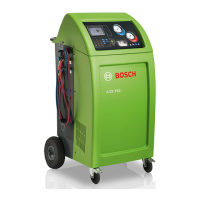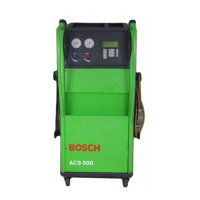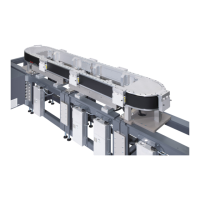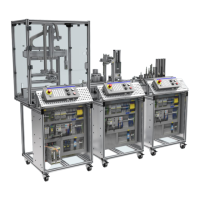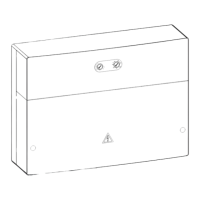ACS 653, ACS 663 Service Manual
SP00D00624 2021-04-08 Robert Bosch GmbH
56
Diagnostics and Testing
There is no component that pumps
refrigerant into a system during the charge
process. The refrigerant ows due to a pressure
dierential. If the system is not in a vacuum,
unit will not charge.
1. Verify the service hoses are properly
attached to the unit without any restrictions
and coupler valves are open.
2. Verify a deep vacuum has been pulled on
the system being charged.
3. Check that all ISV hoses are properly
installed and check Tank Liquid solenoid,
evacuating the tank with a recovery service
unit in advance.
4. Verify the scale has been calibrated.
5. INSUFFICIENT REFRIG AVAILABLE will be
displayed if the weight entered leaves less
than 2.2 kg of refrigerant in the internal tank
after charge. If there is enough refrigerant
in the tank, check scale calibration and
recalibrate if necessary.
6. Verify the high-side charge (S6) and
low-side charge (S7) solenoids are receiving
power and opening properly.
• If not receiving power, check the continuity
of the wiring between solenoid and power
board. Repair as needed.
• If the wiring is correct and no power is
being applied to the solenoid, replace the
power board.
If the unit does not complete a full
charge, the compressor is switched on and o
to build tank pressure.
Flushing the hoses is required if the next vehicle
to be serviced contains a dierent type of A/C
system oil than the previous vehicle serviced.
1. Verify the service hoses are properly
attached to the unit storage ports without
any restrictions and coupler valves are
open.
2. Check Tank Liquid solenoid, evacuating the
tank with a recovery service unit in advance
and tank hoses are properly connected to
the ISV.
3. If there is no pressure on the gauges, refer
to the Will Not Charge troubleshooting
procedures earlier in this section.
4. If the pressure does not clear on the gauges,
refer to the Will Not Recover troubleshooting
procedures earlier in this section.
When the charge has slowed, the unit will enter
the power charge process to build tank pressure
and temperature. It will attempt to power charge
three times before displaying:
Charge Stalled.
, , or select icon to use
vehicle A/C system to complete charge.
1. Check and ensure there is a good vacuum
in the vehicle being tested.
2. Verify sufficient pressure in the ISV to
transfer refrigerant.
During the charge process, there
must be a transfer of at least 23 g (0.05 lb)
of refrigerant within 30 seconds. If not, the
compressor is switched on and o to build tank
pressure. This process may be repeated twice.
3. Ensure chargeable weight is greater than
desired charge.
4. Verify the charge couplers are completely
open and the vehicle ports are actuated.
5. Check for debris in any of the charging circuit
solenoids. Clean or replace if necessary.
6. If slow charge persists, there may be a pin
hole leak in the ISV dip tube. Substitute a
known good ISV tank.

